Chinese Communist Party Meets To Set Economic Direction For Next 5 Years, Amid Debate Over Growth Rates And Markets
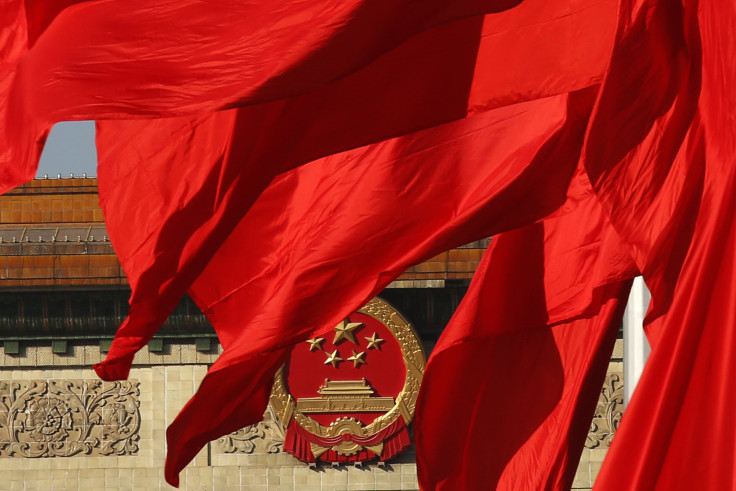
SHANGHAI -- China’s top leadership began a four-day meeting Monday to draw up key economic and social goals, and plan reforms for the next five years. With China’s exports and GDP growth slowing, a key question is what economic growth rate the ruling Communist Party’s Central Committee will set for the country’s "13th Five Year Plan," which will cover the 2016-2020 period.
China’s growth fell to 6.9 percent in the third quarter, the first time it had dipped below 7 percent for six years. Along with instability on the country’s stock market, and the recent devaluation of China’s currency, this has alarmed some foreign investors -- and some observers say China’s leadership feels under pressure to seek a continued high rate of growth, not least because it has pledged to create what it calls “a moderately prosperous society” by 2020.
But other voices say the country should focus instead on higher quality growth, and should reassure foreign investors by emphasizing reforms to make China's economy and financial system more market-oriented. So while the idea of a five-year plan may seem an outdated legacy of China’s old socialist "planned economy" era, observers say this year’s debate could be a key one. It will certainly play an important role in setting future economic targets and strategy not just for China’s remaining state-owned enterprises (SOEs), but also for the state-owned banks that are China’s main lenders and thus play a key role in the economy.
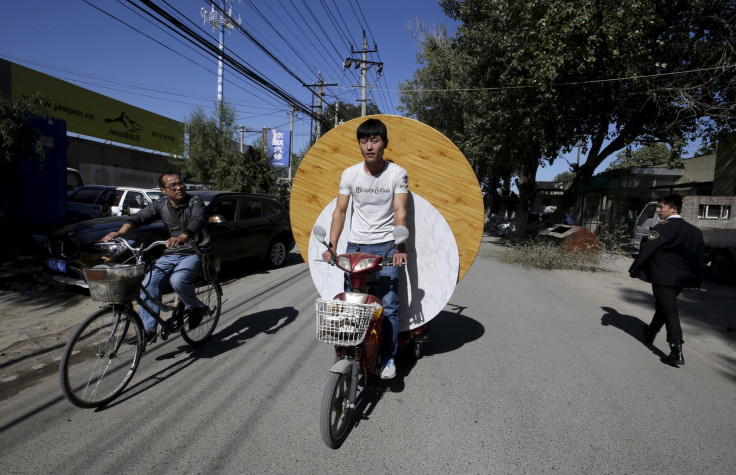
Many economists have predicted the leadership could set a growth target of about 6.5 percent: the deputy governor of China’s central bank said at the weekend that the economy could grow at a “normal 6 - 7 percent” for the next five years. And Premier Li Keqiang, in an apparent hint that there could be a reduction from the previous goal of "around 7 percent," said the nation had never been fixated on a specific growth target.
However, in a country where annual growth has not been lower than 7 percent for 25 years, and where one leading economist famously once said 8 percent was the minimum needed to sustain economic momentum, it’s a highly contentious issue. Some observers see the party leadership under President Xi Jinping as putting growth above reform measures said to be favored by Premier Li.
“The legitimacy of the party hinges on fast growth,” Willy Lam, a specialist on Chinese politics at the Chinese University of Hong Kong, told International Business Times. “In the current climate I think that’s more important to Xi Jinping than market reforms.”
And the official Global Times newspaper said in a commentary Monday that “medium- to high-speed economic growth” was "anticipated," and was “the basis for public confidence.”
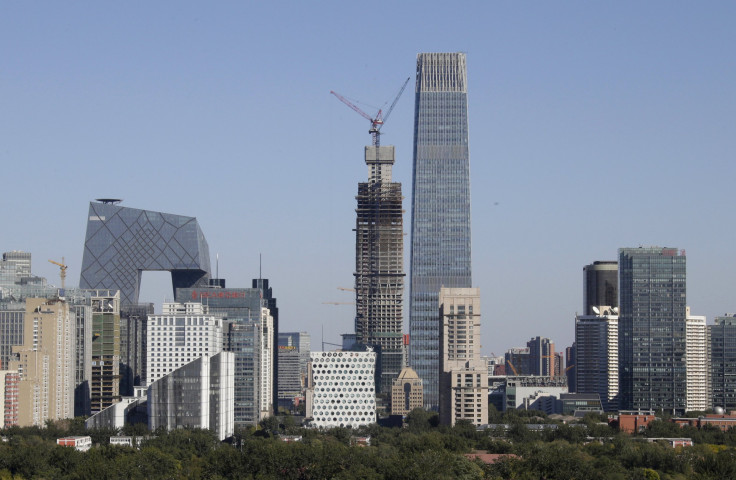
However, Li-Gang Liu, chief economist for Greater China at ANZ Bank, told IBT that in the light of the recent export slowdown, a 7 percent figure was “quite unachievable.”
“I think the target is very likely to be 6.5 percent,” he said. “In fact my view is that they could allow a 6 percent target for the next five years… China does not need higher growth,” he added. “They need good quality and sustainable growth.”
Liu noted that demographic changes, which have seen slowing growth in the size of the working-age population, meant the government was under less pressure to create new jobs. And some observers have called on the leadership to profit from this situation to focus on the long-term upgrading of China’s economy to move up the value chain and away from low-end manufacturing.
Hu Shuli, editor-in-chief of influential Chinese financial magazine Caixin, wrote Monday that the forging of a new policy direction should “bury China’s 'zombie enterprises'” -- a reference to heavy industrial companies in sectors like cement and steel, which have seen their markets collapse in recent years, as the economy -- and new construction -- has slowed, but are being propped up by loans from state-run banks.
Yet pressure on the authorities to boost growth was again demonstrated Friday, when the country’s central bank reduced the Reserve Requirement Ratio for China’s commercial banks by half a percentage point, and to cut the interest rate by 0.25 percent. It’s the latest in a series of measures over the past year seen as designed to stimulate the economy by encouraging lending to businesses and home buyers.
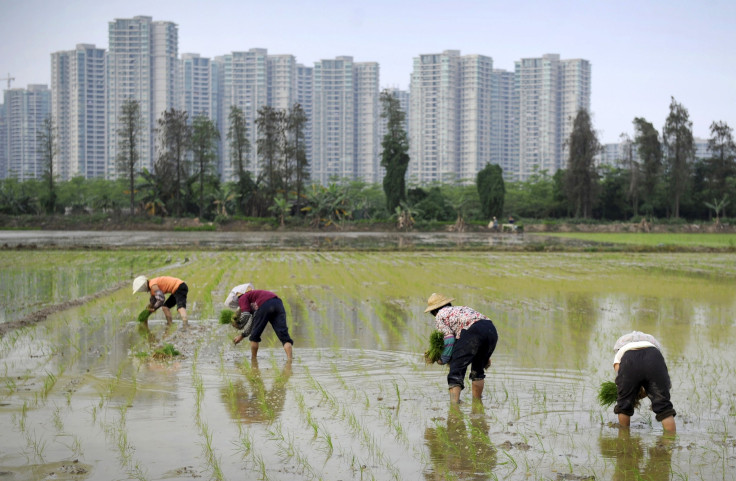
However famous Chinese economist Wu Jinglian said at a forum Sunday that the solution to China's economic challenges was “to forge ahead with reform, rather than to introduce continual financial stimulus measures,” which he said were now “nearly useless,” the China Daily reported. Criticizing "institutional barriers," which he said hindered productivity.
The 85-year-old former government adviser warned that spending on infrastructure after the 2008 financial crisis had left local government with too much debt. He called for further opening up of the economy to global investors, and the speeding up of reforms to China’s financial system, fiscal management, pricing system and the state-owned enterprise sector. (Critics say the latter drains too many public funds via preferential treatment for such firms, when it comes to applying for bank loans and stock market listings).
Premier Li did pledge last week to press ahead with financial reforms and marketization measures, which many observers say were delayed after being announced at the party’s last five-yearly congress in 2012. And analysts noted that as well as cutting rates Friday, the central bank also removed the ceiling on the deposit rates commercial banks could offer to savers, a long-awaited step that one commentator in the Global Times said was "more important" than rate cuts, because it laid the foundation "for capital to be allocated among all market players in a more reasonable and efficient fashion.”
The appointment last week of two new deputy heads of China’s stock market regulator -- both considered to be more market-oriented and internationally-minded than their predecessors -- is also being seen as a move to reassure investors that China will continue opening up its financial markets. And the Communist Party meeting is also expected to enshrine plans to promote innovation, new energy and environmentally friendly industries.
ANZ’s Li-Gang Liu said one focus would be on whether the meeting could approve measures to boost China’s service sector, which has bucked the manufacturing slowdown trend, and is now the fastest growing creator of jobs in China’s economy.
“There’s no other way,” he said. “The Chinese service sector share to GDP ratio is still very low relative to OECD (Organisation for Economic Co-operation and Development) standards -- it’s close to 50 percent, whereas in typical OECD it’s 60 percent. And China still has a lot of room to liberalize the service sector,” he added. “Financial services, telecommunications, and all medical care are all currently pretty much owned or dominated by the state. If they can allow the private sector to enter, given China is a capital-rich country, I think millions more good service-sector jobs could be created.”
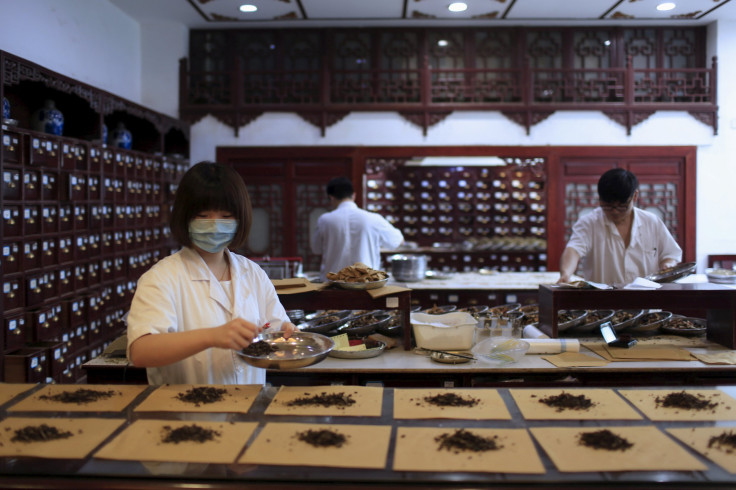
However, Liu said that to do so would “take political will. The vested interest groups, those SOEs, obviously don’t want to see their territory breached by the private sector. They need to break that type of mentality.”
Some analysts have said that plans for further marketization of China’s state enterprises announced last month were disappointing, and it remains to be seen whether forces for reform or vested interests will be more powerful during what the official Xinhua News Agency called “this decisive five year period.”
The Communist Party meeting is also expected to approve key personnel changes and will see debate on other proposals. The Global Times, for example, called for more public holidays to boost consumption. And it said citizens expected “better and more affordable education and medical services, and accessible social security.”
The full details of the five-year plan will not be announced until next March’s annual session of China’s legislature, but a summary of the plenum’s decisions will be announced after it concludes Thursday.
© Copyright IBTimes 2024. All rights reserved.





















